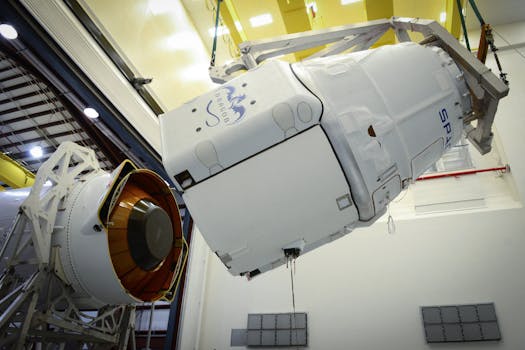
Satellite Telecommunications 2023: What’s New and What’s Next? Satellite Telecommunications
The satellite telecommunications industry is undergoing a significant transformation, driven by advances in technology, changing consumer demands, and the need for more efficient and reliable communication systems. As we move into 2023, it’s essential to understand the current state of the industry and what the future holds.
The satellite telecommunications market has experienced significant growth in recent years, driven by the increasing demand for broadband connectivity, particularly in remote and underserved areas. The market is expected to continue growing, with the global satellite telecommunications market projected to reach $7.5 billion by 2025, up from $4.3 billion in 2020.
Current Trends and Developments
Several trends and developments are shaping the satellite telecommunications industry in 2023. One of the most significant trends is the increasing use of low-Earth orbit (LEO) satellites, which offer faster and more efficient communication services compared to traditional geostationary satellites. Companies such as SpaceX, Amazon, and OneWeb are launching constellations of LEO satellites to provide global broadband coverage.
Another trend is the growing adoption of 5G technology, which is enabling faster and more reliable communication services. Satellite telecommunications companies are investing heavily in 5G research and development, with the aim of providing seamless and ubiquitous connectivity to users around the world.
Future Trends and Innovations
As the satellite telecommunications industry continues to evolve, several future trends and innovations are expected to shape the market. One of the most significant trends is the increasing use of artificial intelligence (AI) and machine learning (ML) to optimize satellite communication systems. AI and ML can help improve the efficiency and reliability of satellite communication systems, enabling faster and more accurate data processing and transmission.
Another trend is the growing adoption of quantum computing, which has the potential to revolutionize the satellite telecommunications industry. Quantum computing can enable faster and more secure data processing and transmission, making it an attractive technology for satellite telecommunications companies.
Challenges and Opportunities
Despite the many opportunities and innovations in the satellite telecommunications industry, there are also several challenges that need to be addressed. One of the most significant challenges is the increasing congestion in the Earth’s orbit, which can lead to interference and collisions between satellites. The industry needs to develop more sustainable and responsible practices to mitigate these risks and ensure the long-term sustainability of the satellite telecommunications industry.
In conclusion, the satellite telecommunications industry is rapidly evolving, with new technologies and innovations emerging in 2023. As the industry continues to grow and develop, it’s essential to understand the current trends and future innovations that are shaping the market. By investing in research and development, adopting new technologies, and addressing the challenges facing the industry, satellite telecommunications companies can capitalize on the many opportunities available and create a more sustainable and connected future for all.

